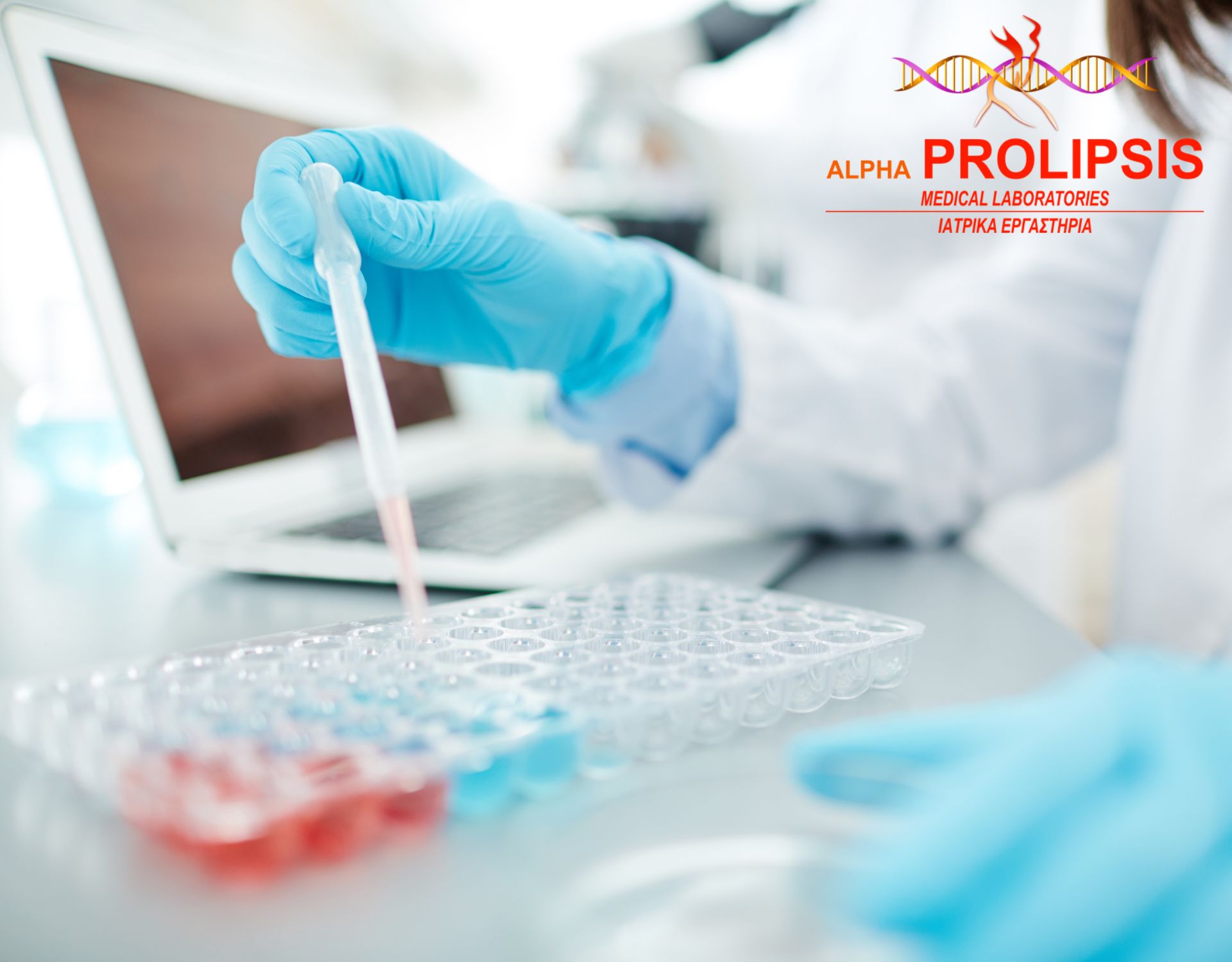An estrogen test is a way for your doctor to help check on concerns with puberty, fertility, menopause, and other conditions.
Your doctor may also call these estrone (E1), estradiol (E2), estriol (E3), or estrogenic hormone tests.
Estrogen is the hormone that plays a key role in many aspects of a woman’s health, such as bone and reproductive health. There are several forms of estrogen?
If your doctor needs to check to see if you might have a condition caused by too much or too little of a certain estrogen type, they may recommend that you take an estrogen test. It’s a simple blood test, and it can measure up to three types of this estrogen:
- Estrone, or E1, the main hormone women make after menopause
- Estradiol, or E2, the main hormone women make when they aren’t pregnant
- Estriol, or E3, a hormone women make more of when they’re pregnant
Who Gets an Estrogen Test?
Doctors may recommend testing of estradiol or estrone for symptoms such as:
- Vaginal bleeding after menopause
- Problems with menstrual cycles
- Infertility
- Menopausal symptoms such as hot flashes, night sweats and irregular menstrual periods
If you take hormone therapy to treat symptoms of menopause, your doctor may give you an E1 or E2 test to see how well treatment is going.
Girls whose sex organs develop earlier or later than normal may also get tested for E1 and E2 levels.
Doctors usually test E3 during pregnancy, when it temporarily becomes the main estrogen. Abnormal levels of estriol may be a sign of problems with the baby’s health -- but you’d get a lot more tests to find out for sure.
You might need several tests to track changes in your estrogen levels over time.
Estrogen Testing in Men
Men also have estrogen, although their levels are usually lower than they are in women. Estrogen levels that are too low or too high in men can lead to health problems.
A man might have an estrogen test to:
- Check if puberty is delayed
- Diagnose enlarged male breasts, a condition with doctors call gynecomastia
- Find if high estrogen levels are due to low levels of testosterone or androgen --two key hormones in men
- Find tumors that make estrogen
Estrogen Test Procedure
You don’t need to do anything special to prepare for an estrogen test. You don’t need to stop eating or drinking anything before it as you do with some types of blood tests. But before the test, you should tell your doctor about all the medications and supplements you take. It’s especially important to tell your doctor if you take birth control pills or hormone therapy, which may affect the test results.
Your doctor can use your urine, saliva, or blood to test your estrogen. Here’s how these tests are done:
24-hour urine test. For this test, your doctor or a lab will give you a container to collect all your pee for a 24-hour period. Your doctor will explain all the steps for collection and how to store your samples. Then they will test your samples at their office or in a lab.
Blood test. This is the most commonly used test. During the blood test, your doctor or another health care professional will take a little blood from a vein in your arm. A lab will then test that blood sample.
Estrogen Test Results
Estrogen levels that are considered normal or healthy depend on your age and your gender. For women, pregnancy will also have a big effect on your estrogen levels. Where you are in your menstrual cycle could also affect the results.
High or low levels of a specific form of estrogen aren’t enough to diagnosis of your condition. The test results can help, though, to find the cause of your symptoms.
High levels of E1 or E2 could mean early puberty in girls or tumors in the ovaries in girls and women. For boys and men, increased E1 and E2 levels could signal delayed puberty, tumors in the testicles, and may be the cause of gynecomastia.
For both men and women, high E1 and E2 levels could mean:
- Hyperthyroidism
- Cirrhosis (liver damage)
- Tumors in the adrenal glands
For pregnant women, high E3 levels could mean labor will occur soon.
Low estrogen levels in women are signs of several conditions, including:
- Low levels of pituitary hormones
- Poorly functioning ovaries
- Failing pregnancy (when estriol levels drop)
- Eating disorder
- Turner syndrome (inherited condition caused by an abnormal or missing X chromosome)
Low estradiol levels also happen, naturally, after menopause.
Other tests
Depending on your estrogen test results and your symptoms, your doctor may recommend other tests to help pinpoint a diagnosis.
One common test checks for levels of follicle-stimulating hormone (FSH). FSH manages the menstrual cycle in women and stimulates egg production in the ovaries. In men, FSH prompts the production of sperm. If infertility is a concern, a test of FSH and luteinizing hormone (LH) are appropriate for men and women. The same is true if early puberty is suspected in boys or girls.
If you have questions about your hormone levels or any health issue, ask your doctor. It helps when you’re as detailed as possible in describing your symptoms. The more information your health care provider has, the better.


